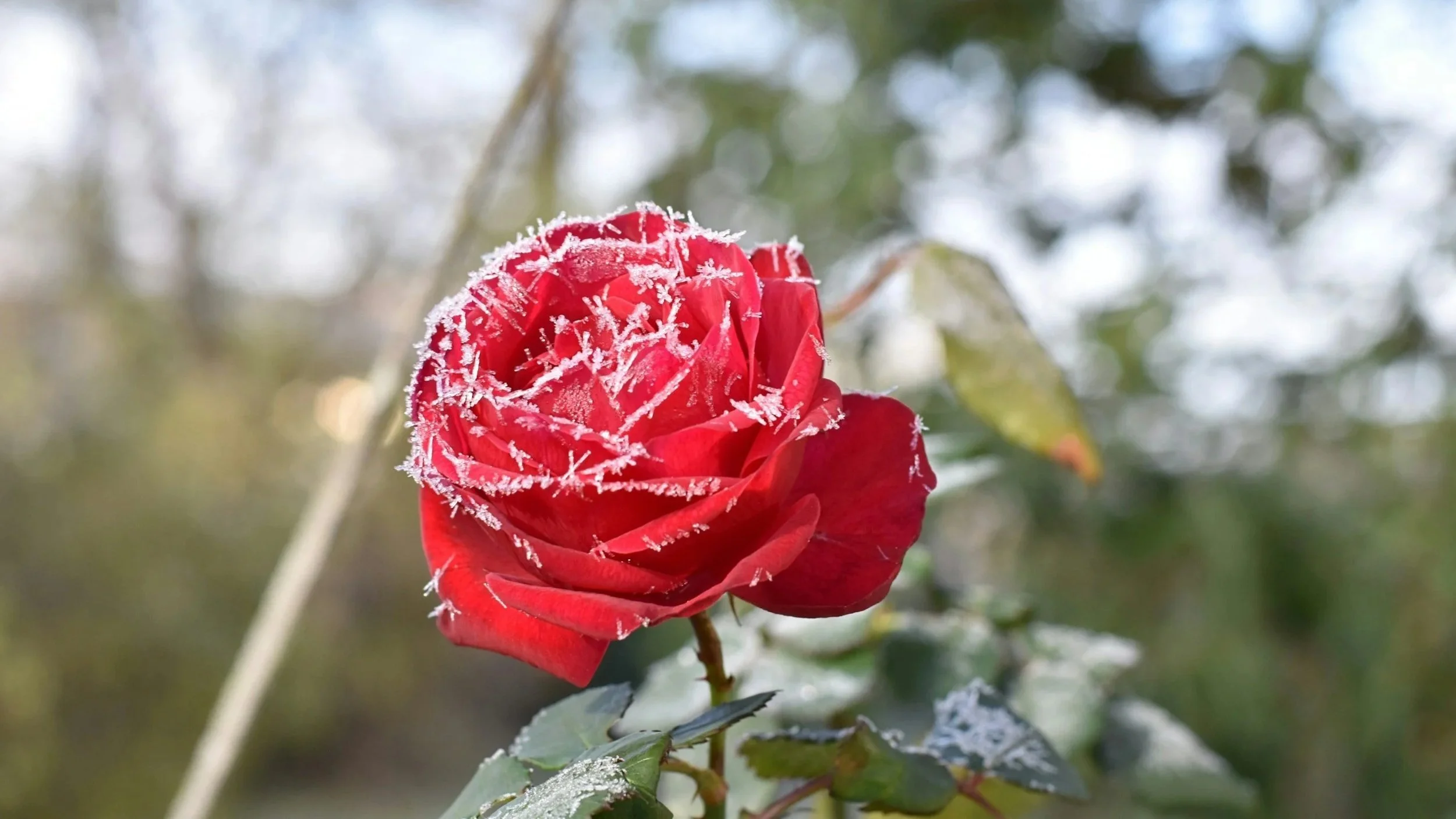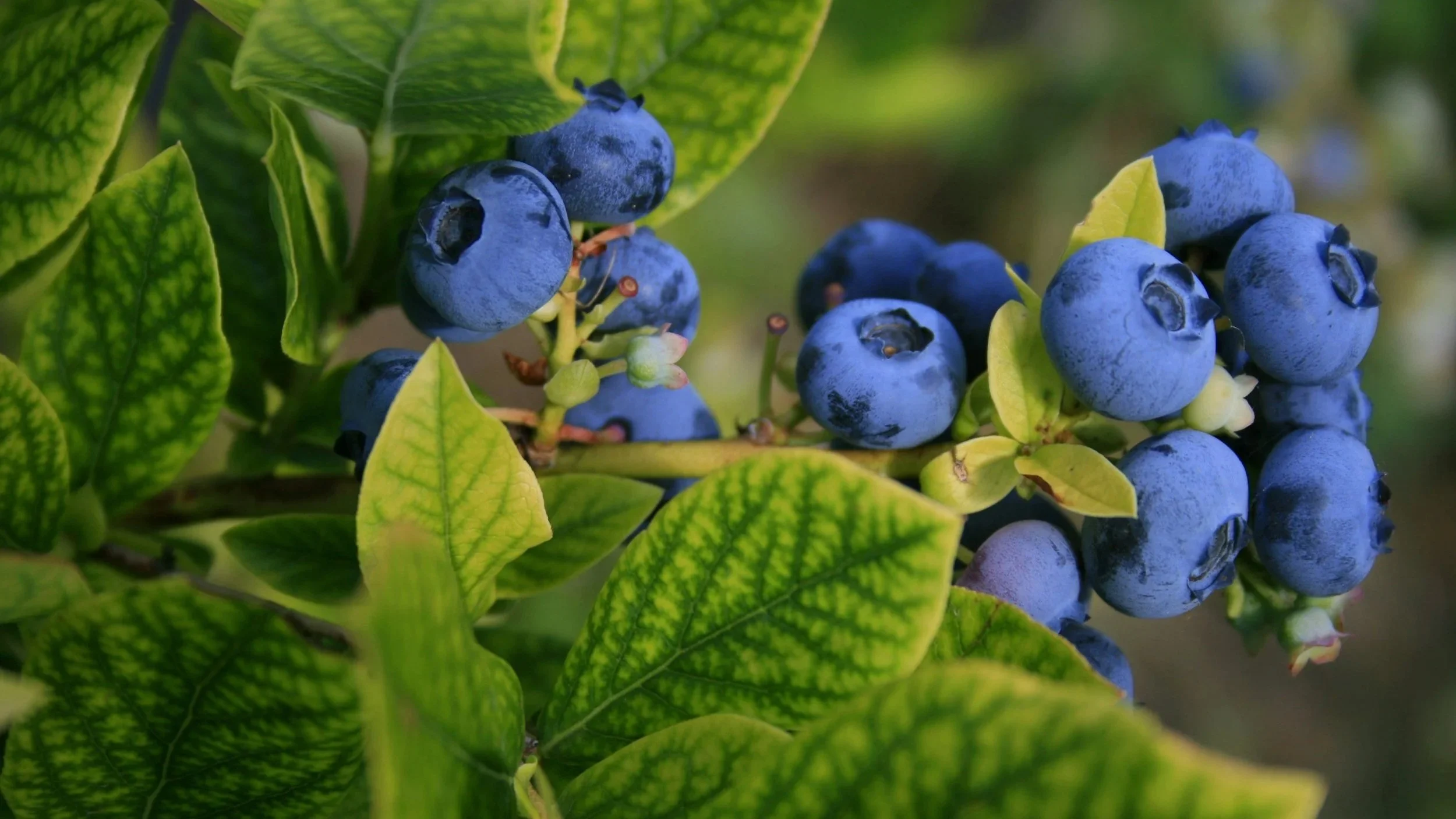South Carolina’s First Frost and Last Frost: Why They Matter for Planting
When gardening, two of the most critical dates are the average last spring frost and the average first fall frost. These dates are your guidelines for when you should start planting and how much time you have left in the growing season.
Upstate South Carolina is in the growing zone 7b to 8b. At Head-Lee Nursery in Seneca, South Carolina, the last spring frost date is between April 11 and April 20, but we generally treat April 15 as the last spring frost date. Upstate South Carolina’s spring frost date can range between April 1 and May 1.
For the first fall frost date, we generally expect the first frost to come between October 21 and October 31 in Seneca, South Carolina. This makes our growing season about 193 days long.
Use this information to determine the following aspects of your gardening practices.
When to Plant Seeds
Look on the back of seed packets for when you need to sow the seeds. You can sow the seeds indoors about six weeks before the last spring frost, or you can directly sow the seeds outdoors at the appropriate date.
Remember, the soil has to be warm enough for the seeds to germinate, and what that exact temperature must be depends on the species of plant. For example, seeds for most summer annuals need the soil to be 65°F in order to germinate. However, 50°F can be sufficient for cool-season vegetables to germinate. Cool-season crops include beet, cabbage, carrot, onion, radish, spinach, and turnip. Warm-season crop seeds—such as corn, celery, eggplant, melon, pepper, tomato, and squash—need at least 60°F to germinate.
Planning Your Harvests
The last spring frost date tells you when you can start planting outside (we see you eager beaver gardeners out there!), and the first fall frost date lets you know what vegetables and fruits will have time to mature and produce bountiful harvests for you. This can be particularly important for vegetables and fruits that can take a long time to grow, such as onions, pumpkins, apples, and pears.
If you’re planning on doing multiple rounds of planting in your garden (oh yes, you can do more than one round of planting in your vegetable garden!), then knowing the first fall frost date can help you calculate if there is enough time for your vegetable plants to mature and produce harvests before fall’s first freeze.
Tender Plant Lifespan
Tender plants are plants that cannot tolerate freezing temperatures. Knowing South Carolina’s last spring frost date and first fall frost date helps you to know when you can place these tender plants outside and when they need to be brought indoors.
For Seneca, South Carolina, keep your tender plants and non-cold-tolerant plants inside until April 15. For upstate South Carolina, you can bring out your non-cold-tolerant plants anywhere from April 1 to May 1. Keep your eye on the weather forecasts each year during this time for more exact dates of when it’s safe to bring your tender plants outside.
Tender plants include begonias, calibrachoa, coleus, impatiens, fuchsias, tropical plants, dahlias, and more.
Root Establishment for Perennials
Planting a perennial several weeks before the average first fall frost date allows the perennial to establish strong roots. When a perennial has strong roots, then it’s more likely to survive the winter and flourish in the spring compared to if it has a weak root system heading into the winter.
However, some perennial shrubs and trees can grow throughout the winter in upstate South Carolina. Contact our garden center for more details on which shrubs and trees may be right for your South Carolina garden.
Protection Strategies
Knowing the first fall frost date allows you to decide between ending your harvest season or investing in crop protection, which protects your plants from frost to some extent. Crop protection could include mulch, plant blankets, or frost cloths. If you need guidance on how to protect your plants from the cold, feel free to stop by our Seneca, South Carolina garden center or give us a call at 864-882-3663.
Reach out to Head-Lee Nursery for Gardening Guidance
Although it’s difficult to predict the exact days of the last frost and the first frost, having these average dates in mind helps you to make smart planting decisions and get the most out of your South Carolina garden.
If you want more guidance or want to get the healthiest plants in South Carolina, our friendly staff would love to help you. We have over 40 years of horticultural experience, and we know South Carolina gardening. Whether you’re trying to decide when to plant your garden, what plants you should include, or trying to figure out why your plant is dying, we’re here to help!






